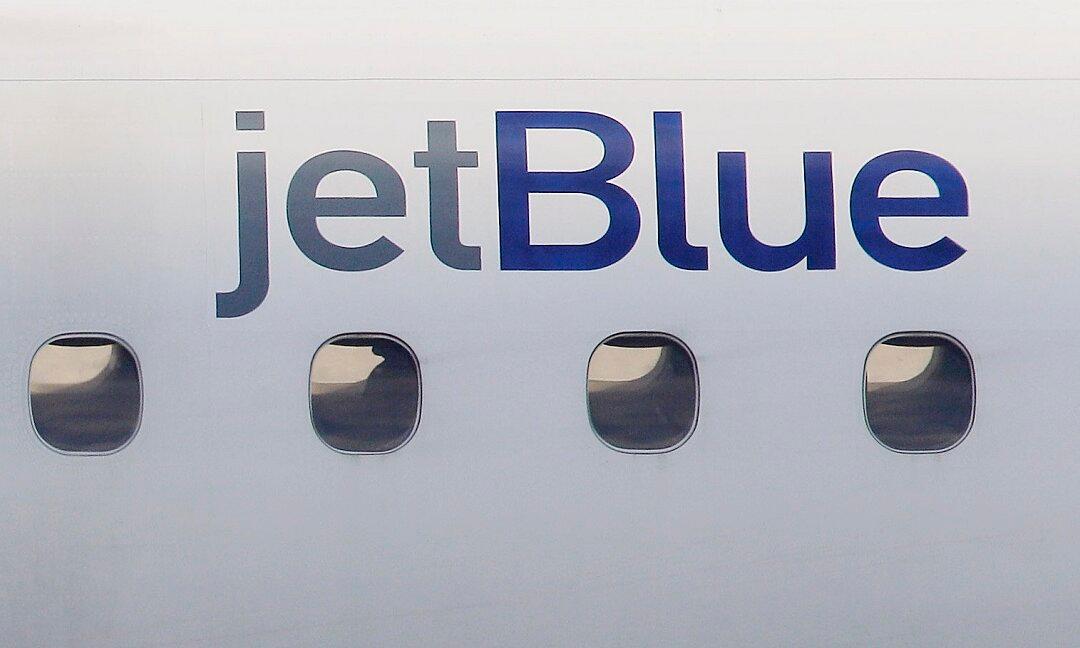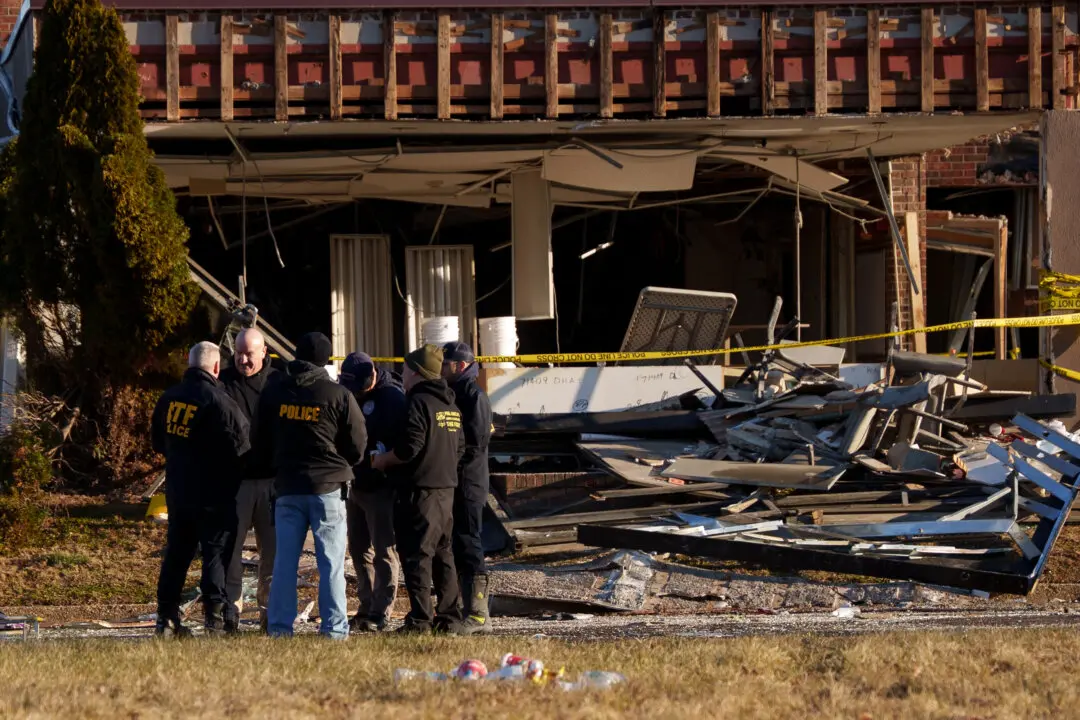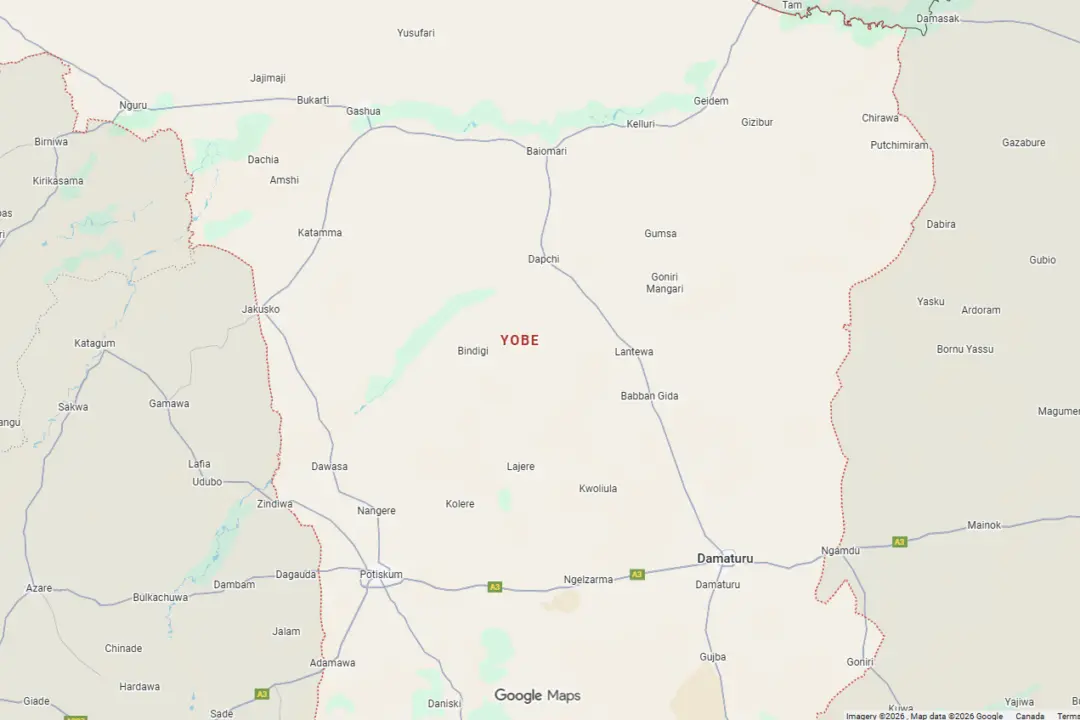Federal investigators say the tail of a JetBlue plane struck a Colorado runway during takeoff last year when the captain quickly pointed the jet’s nose upward to get airborne and avoid a head-on crash with a plane preparing to land on the same runway.
The National Transportation Safety Board (NTSB) said Wednesday that the JetBlue captain pointed the nose of his jet up more quickly than normal “due to his surprise about encountering head on landing traffic.”





